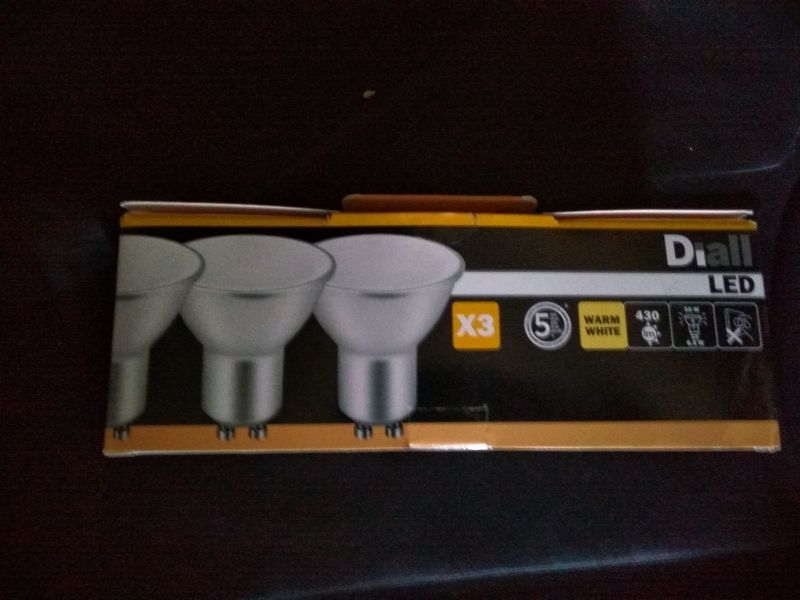Hello,
I have been living on my own for 2 years and I do nothing but constantly change light bulbs. Generally, I have only led and I try to buy the "better" ones, i.e. philips and osram, but still every few weeks it rains, despite the guarantee of 10,000 working hours, etc. I am willing to pay more for the bulbs, as long as they only shine for a few years as the manufacturer says especially since I often sit in the dark and the incandescent lights don't work 24/7.
Probably the type of bulbs, power and color does not matter, but just in case. At home I use:
GU10
E27
MR16
and G4 (although I only mentioned this one once, and the problem with them is that the ceiling burns to me ).
).
Power 500-1200lm
The color ranges from white to warm, I don't remember exactly now, but rather in the range of 2700 - 4600k, nothing to the extreme.
I have been living on my own for 2 years and I do nothing but constantly change light bulbs. Generally, I have only led and I try to buy the "better" ones, i.e. philips and osram, but still every few weeks it rains, despite the guarantee of 10,000 working hours, etc. I am willing to pay more for the bulbs, as long as they only shine for a few years as the manufacturer says especially since I often sit in the dark and the incandescent lights don't work 24/7.
Probably the type of bulbs, power and color does not matter, but just in case. At home I use:
GU10
E27
MR16
and G4 (although I only mentioned this one once, and the problem with them is that the ceiling burns to me
Power 500-1200lm
The color ranges from white to warm, I don't remember exactly now, but rather in the range of 2700 - 4600k, nothing to the extreme.



